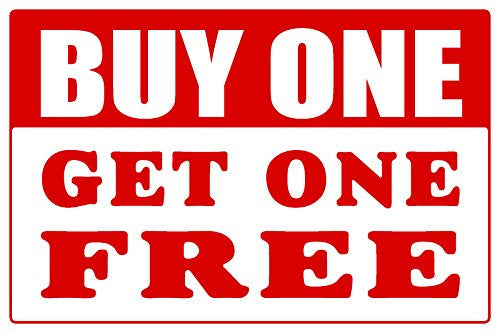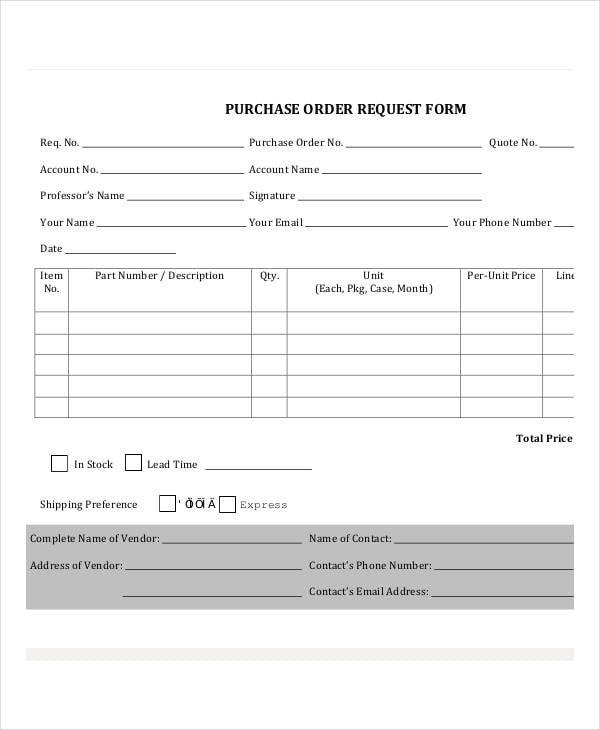

We developed this approach by examining the purchase decisions of almost 20,000 consumers across five industries and three continents. Our thinking is applicable to any geographic market that has different kinds of media, Internet access, and wide product choice, including big cities in emerging markets such as China and India. We call this approach the consumer decision journey. A more sophisticated approach is required to help marketers navigate this environment, which is less linear and more complicated than the funnel suggests. But today, the funnel concept fails to capture all the touch points and key buying factors resulting from the explosion of product choices and digital channels, coupled with the emergence of an increasingly discerning, well-informed consumer. For years, touch points have been understood through the metaphor of a “funnel”-consumers start with a number of potential brands in mind (the wide end of the funnel), marketing is then directed at them as they methodically reduce that number and move through the funnel, and at the end they emerge with the one brand they chose to purchase (Exhibit 1). Marketing has always sought those moments, or touch points, when consumers are open to influence. And it explains P&G’s decision, long ago, to produce radio and then TV programs to reach the audiences most likely to buy its products-hence, the term “soap opera.”

It’s why, a decade ago, began offering targeted product recommendations to consumers already logged in and ready to buy. That’s why consumer electronics companies make sure not only that customers see their televisions in stores but also that those televisions display vivid high-definition pictures. marketing has one goal, it’s to reach consumers at the moments that most influence their decisions.

If work won’t cover it, and if you just need general compatibility then free alternatives can fit the bill - taking note that free alternatives may exclude use for work purposes in their licence, and also can have compatibility problems But our HUP changed to the subscription and my personal ‘full price’ subsection covers my needs better than the ‘discounted’ subscription due to what it included I used to buy it cheap on a one off basis due to the HUP home user programme discount via work. I have my work account on my work laptop, and I also have my personal account on my own laptop & phone. That means no upgrades, but you don’t have to pay again until you end up so out of date that you need to upgradeĪs you require it for work the company should provide it. The one off purchase price is about £250. You logon with a Microsoft account, and can run the online versions and/or iPhone / android appsĪn office 365/microsoft 365 subscription gives you online and full ‘desktop’ applications at £5.99 a month, £59.99 per year or £7.99 per month, £79.99 per year depending on personal or family Another option for free MS Office is to only use the online apps.


 0 kommentar(er)
0 kommentar(er)
